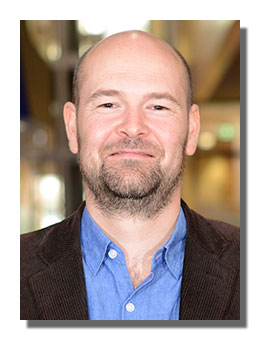
Abstract
Global PV capacity has been rapidly growing in recent years to an estimated 50 GW newly installed capacity in 2015. While most of the installations are based on wafer-based silicon technologies, there are several thin films technologies available that are mature and efficient enough to compete in the market. Thin film technologies generally offer a much wider flexibility in aesthetic designing, choice of substrates and module sizes, as well as unlocking new applications through the use flexible and light-weight substrates and Roll-To-Roll processing. For a fast and reproducible processing of thin films, the establishment of robust processes and an adequate process monitoring is of paramount importance. In this context, a few examples of how advanced Raman spectroscopy in combination with photoluminescence provides a powerful tool for the detection of a great variety of features in thin film devices such as crystallinity, structural changes, secondary phases, thickness and composition variations or defects.
The uptake in expected future markets at TW-scale of the current thin film technologies such as CdTe or Cu(In,Ga)Se2 is expected to be compromised by their toxicity (CdTe) or the scarcity of the constituting elements (In,Ga). As a consequence, intense research efforts are currently put into stable alternatives with low toxicity and high stability. At the Catalonia Institute for Energy Research (IREC), we develop earth abundant chalcogenide solar cells based on kesterite absorbers (Cu2ZnSn(S,Se)4, CZTS). Through the engineering of the back contact, optimization of the deposition process conditions and the establishment of surface etching and passivation strategies we were able to achieve stable efficiencies in the range of 8%. Lately, the implementations of small amounts of Ge led to a boost of the open circuit voltage and overall cell efficiency leading to a maximum efficiency of 10.6 %. I will give an overview over our current understanding of the role of Ge for the device performance as well as the future challenges and ideas for improvement of kesterite photovoltaic devices.
Click here to see all available video seminars.
Click here to go to the SPREE HOMEPAGE.
Brief Bio
Dr. Paul Pistor has dedicated his research activities over the past decade to the development of advanced techniques for the characterization of thin film photovoltaics, the device optimization and technology transfer to the industry and the exploration of new photovoltaic materials. As a PhD student, he developed dry alternative buffer layers for highly efficient Cu(In,Ga)Se2 devices at the Helmholtz-Zentrum Berlin. He obtained his PhD in 2009 from the Freie Universität Berlin and subsequently worked on the identification of optimized process conditions for Cu(In,Ga)Se2 and Cu(In,Ga)S2 technologies and their transfer to a variety of industrial partners. At the Martin-Luther-Universität Halle-Wittenberg he investigated the formation of phases during the absorber growth of chalcopyrite, kesterite and perovskite solar cell absorbers with in-situ real time X-ray diffraction. Currently he is a Marie-Curie Research Fellow at the Catalonia Institute for Energy Research (IREC) exploring new absorber materials and strategies to maximize the efficiency of kesterite solar cells.
